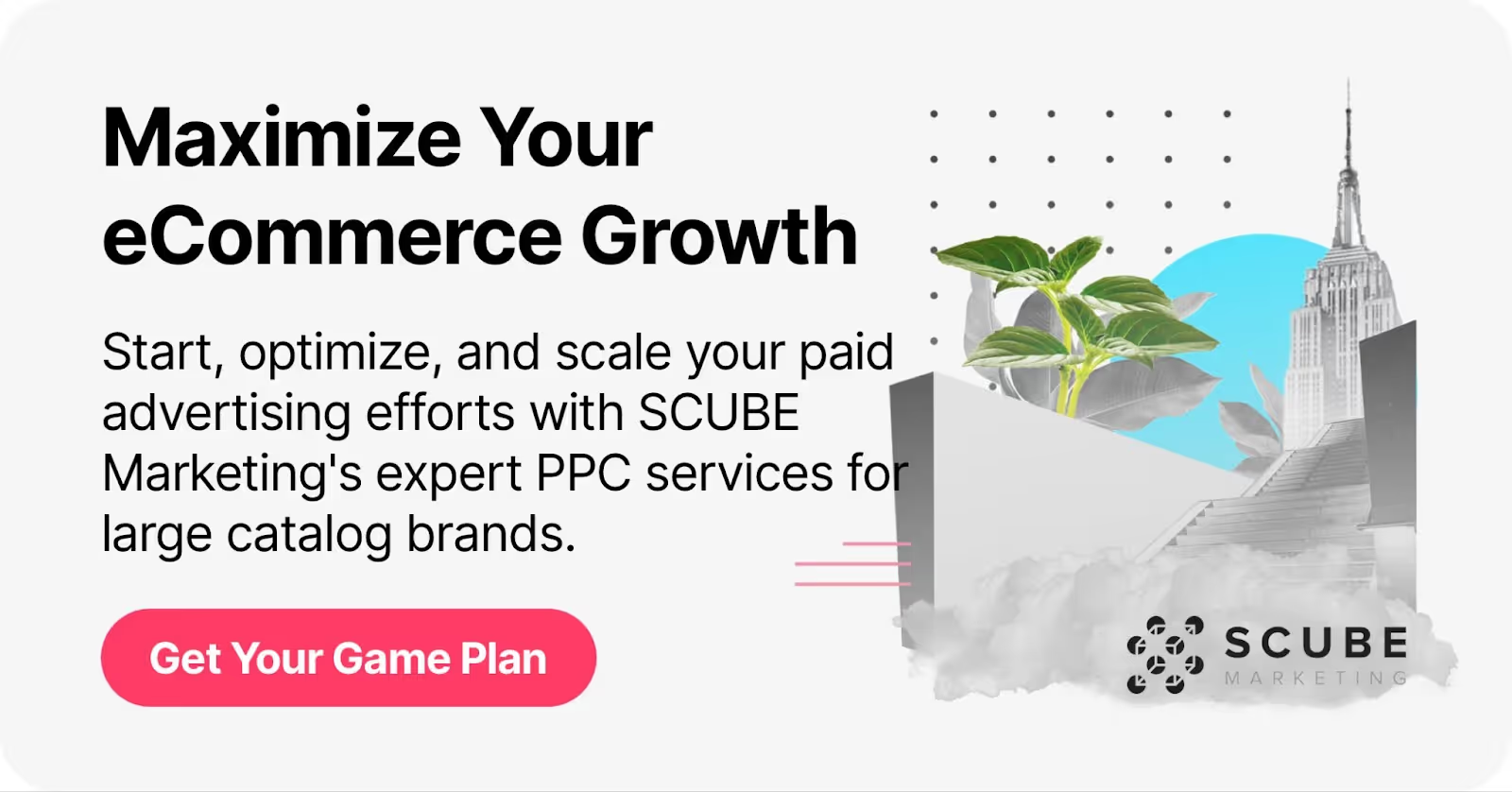
I get it. You're sitting there staring at a blank content calendar, wondering how on earth you're supposed to make collision repair supplies sound exciting. Trust me, I've been there with countless automotive aftermarket clients who thought their paint guns and fender tools were too "boring" for social media. Here's the thing though: your products literally help body shops bring crashed cars back to life. That's not boring, that's transformation magic.
The collision repair industry might seem like a tough nut to crack when it comes to content marketing, but your audience of shop owners and technicians are hungry for knowledge. They want to know which products work best, how to use them efficiently, and what new techniques can save them time and money. When you position yourself as their go-to source for expertise, not just parts, you transform from vendor to valuable partner.
I'm going to walk you through specific content ideas that turn collision repair supplies into engaging stories. We'll cover educational content that builds trust, behind-the-scenes material that humanizes your brand, and promotional strategies that actually convert. By the end of this guide, you'll have a toolbox full of content concepts that speak directly to body shops' daily challenges and aspirations.
The foundation of great supplier content marketing is education. Your customers aren't just buying products, they're investing in solutions to complex repair challenges. When you share knowledge freely, you position yourself as the expert they turn to when things get tricky. This approach works because it addresses one of the biggest pain points in B2B marketing: proving you understand their world.
Step-by-step guides perform exceptionally well because they demonstrate real-world application of your products. Instead of just saying your primer provides excellent adhesion, show exactly how to prep a surface, apply it properly, and troubleshoot common issues. I've seen suppliers increase engagement by 300% when they switched from product specs to practical tutorials (Source: Motorhead Digital).
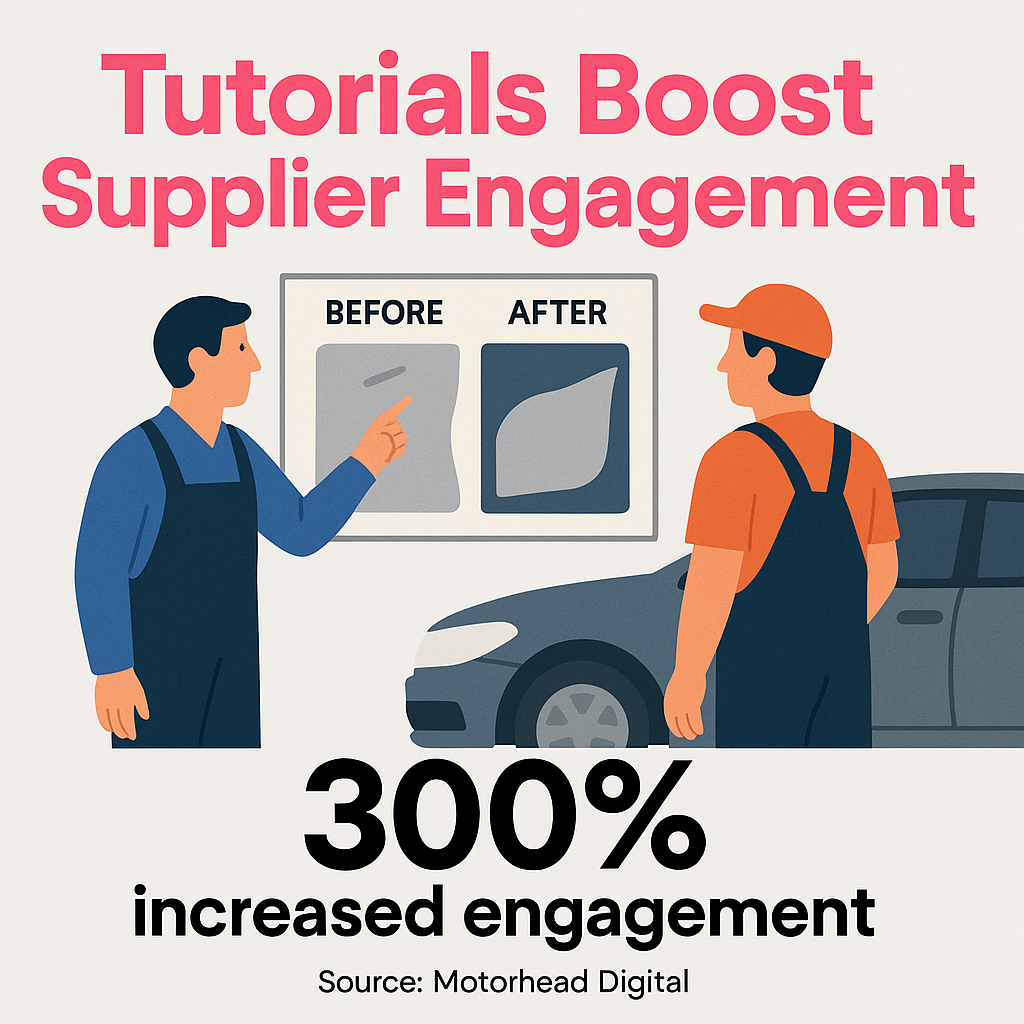
Here's what educational content looks like in action for collision repair suppliers:
The beauty of educational content is that it naturally incorporates your products without feeling sales-y. When you're explaining proper surface preparation, you can mention which cleaning solvents work best. When discussing color matching, you can reference your paint mixing systems. The product becomes part of the solution, not the focus of a pitch.
Consider creating a systematic approach to educational content that covers basic techniques for newcomers and advanced tips for seasoned professionals. This strategy helps you capture different audience segments while establishing authority across skill levels.
Body shop owners work with people they trust, and trust comes from familiarity. Behind-the-scenes content pulls back the curtain on your operation, showing the real humans who source, test, and deliver their supplies. This personal connection matters more in B2B relationships than most suppliers realize.
I've watched suppliers transform their customer relationships by simply sharing their daily operations. When shop owners see your quality control process, meet your technical support team, or watch your warehouse staff carefully pack their orders, you're not just another vendor anymore. You become the reliable partner they know and trust.
Your behind-the-scenes content opportunities are everywhere:
The key is authenticity. Don't stage perfect scenarios, show real work being done by real people. When your paint specialist explains why they recommend specific products for certain jobs, that carries more weight than any marketing copy. These genuine moments build the kind of trust that turns into long-term partnerships.
Video content performs particularly well for behind-the-scenes material because it's harder to fake authenticity on camera. Even smartphone videos of your team explaining product features or discussing industry trends can drive significant engagement. The average collision repair business sees video content generate 127% higher engagement rates compared to static posts (Source: TVI MarketPro3).
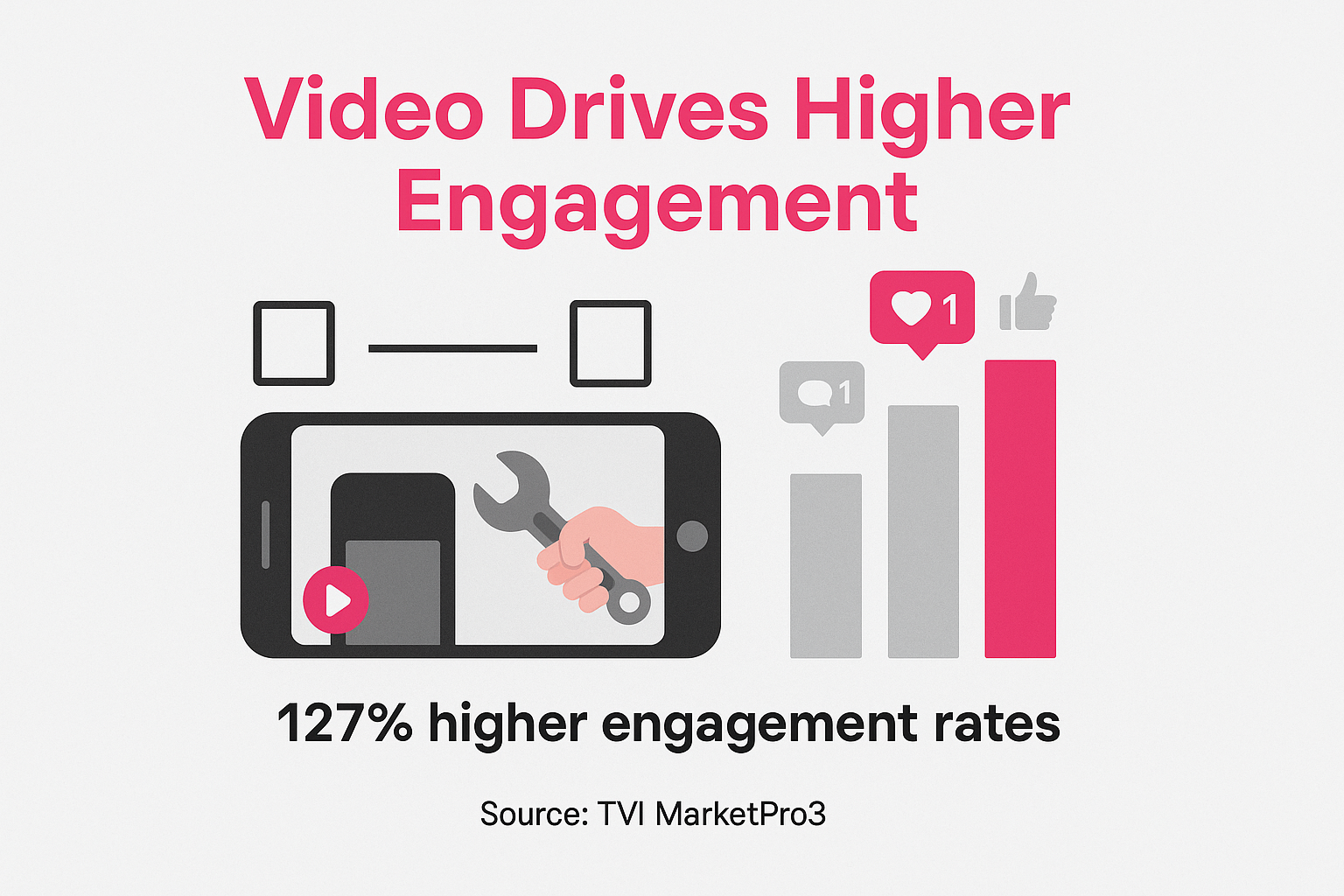
Social media might seem like an odd fit for collision repair supplies, but your customers are active on these platforms, especially LinkedIn and Facebook. They're sharing their best work, discussing industry challenges, and looking for solutions. When you show up with valuable content and genuine engagement, you become part of their professional community.
The mistake I see most suppliers make is treating social media like a product catalog. Instead, think of it as your chance to join ongoing conversations about industry trends, techniques, and challenges. Share content that gets people talking, not just looking. Ask questions, respond to comments, and engage with posts from your customers' shops.
Before and after photos perform exceptionally well when you have permission from partner shops to share their work. These posts showcase your products in action while celebrating your customers' skills. Just make sure to tag the shop and give them full credit for the craftsmanship.
User-generated content campaigns can amplify your reach significantly. Consider running monthly contests where shops share photos of their best repairs using your supplies. Offer meaningful prizes like tool packages or product credits. This approach not only generates authentic content but also encourages shops to associate your brand with their proudest moments.
The key to successful user-generated content is making participation easy and rewarding. Provide clear guidelines, use consistent hashtags, and always follow up with featured customers to maintain those relationships.
Email remains one of the most effective channels for B2B communication, especially when you're sharing valuable information rather than constant sales pitches. Your customers want to stay informed about new products, industry changes, and techniques that could improve their operations. Regular email communication keeps you front and center when they're making purchasing decisions.
The most successful supplier newsletters I've seen focus on practical value above all else. Share tips that save shop owners time and money, highlight success stories from other customers, and provide early access to new products or promotions. Make each email something they actually want to receive, not just another message to delete.
Your email content arsenal should include:
Segmentation makes your email marketing dramatically more effective. Shop owners care about different things than technicians, and independent shops have different needs than franchise locations. Create separate email lists based on customer type, shop size, or product preferences. This allows you to tailor content that speaks directly to each group's specific challenges and interests.
Educational emails that help customers maximize product performance or improve shop efficiency create genuine value while keeping you top of mind for repeat business. When you help a shop owner reduce waste or improve turnaround times, you're not just a supplier anymore, you're a business partner (Source: Motorhead Digital).
Consider implementing a systematic content marketing process that ensures consistent, valuable email communication without overwhelming your team's capacity.
Video content performs exceptionally well in the collision repair industry because it allows you to show rather than just tell. When you're explaining proper spray techniques or demonstrating tool maintenance, video captures nuances that text and images simply can't convey. Your audience appreciates being able to see exactly how products should be used.
The beauty of video content for collision repair suppliers is that you don't need Hollywood production values. Shop owners and technicians prefer authentic, practical demonstrations over polished marketing videos. A simple smartphone recording of your technical expert explaining product applications often generates more engagement than expensive promotional content.
Focus on these high-impact video content types:
Video content also provides excellent SEO benefits when optimized properly. Create descriptive titles, detailed descriptions, and relevant tags for each video. This helps collision repair shops find your content when searching for solutions to specific problems. The average automotive business sees 300% more website traffic when they consistently publish optimized video content (Source: TVI MarketPro3).
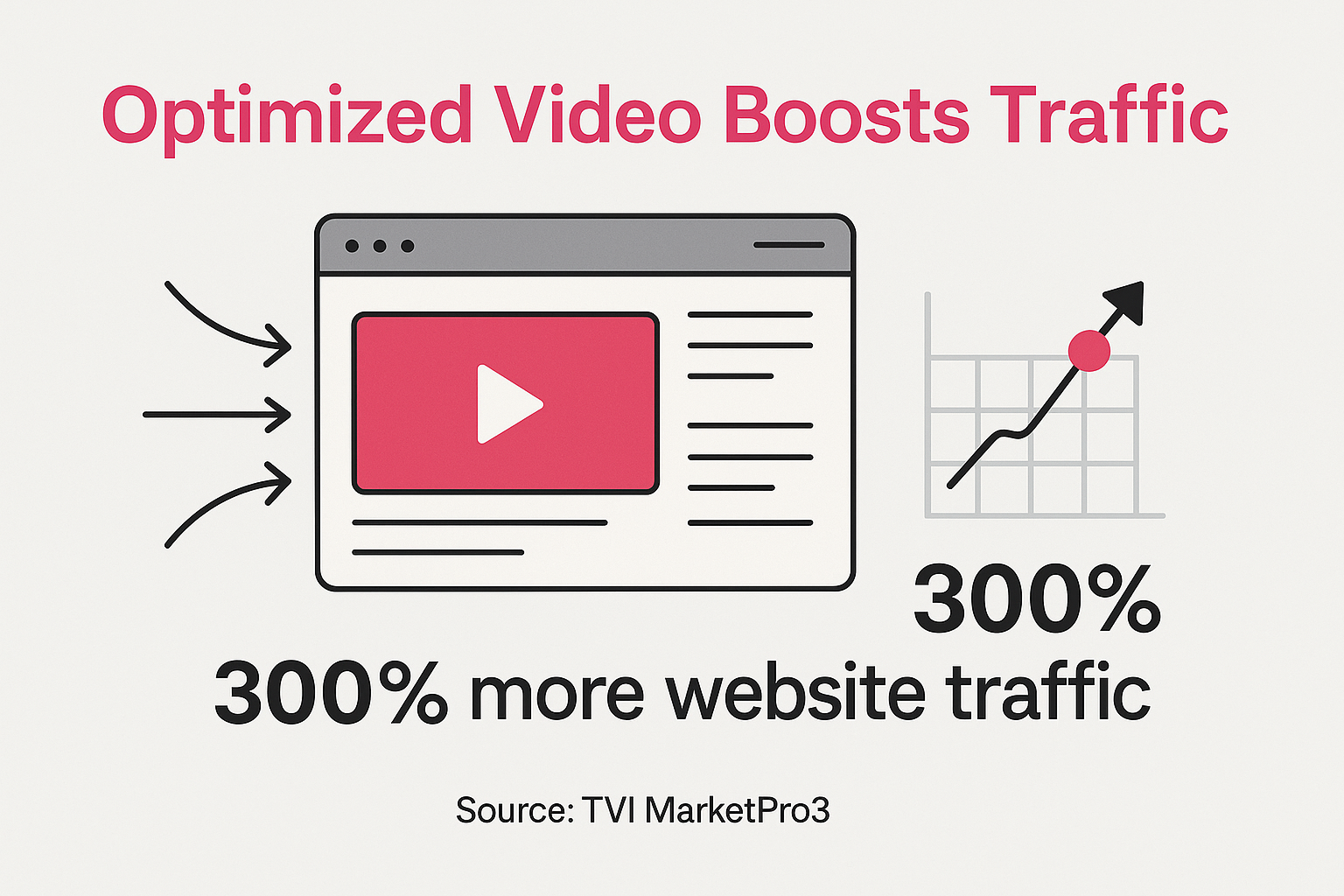
Live streaming on platforms like Facebook or YouTube creates opportunities for real-time engagement with your audience. Host monthly live sessions where customers can ask questions about products, techniques, or industry trends. These sessions build personal connections and position you as an accessible authority in the field.
For inspiration on creating compelling video content, consider how other automotive aftermarket brands successfully engage their audiences through visual storytelling.
Nothing sells collision repair supplies better than proof they work in real-world situations. Customer success stories and testimonials provide social proof that resonates with potential buyers who face similar challenges. When shop owners see peers achieving great results with your products, it eliminates much of the risk perception around trying something new.
The key to powerful success stories is focusing on specific challenges and measurable results. Instead of generic praise, highlight how your products helped a shop reduce repair times, improve finish quality, or increase customer satisfaction. Include concrete details like time savings, cost reductions, or quality improvements whenever possible.
Your success story content should capture multiple perspectives and situations:
Video testimonials carry particular weight because they're harder to fake than written reviews. When a shop owner looks directly into the camera and explains how your paint system helped them land a major insurance contract, that authenticity resonates with viewers facing similar situations.
Make it easy for satisfied customers to share their experiences by providing simple templates or guiding questions. Many shop owners want to help but don't know what information would be most valuable. Give them a framework and they'll often provide exactly the kind of detailed feedback that converts prospects into customers.
Establishing yourself as a thought leader in the collision repair industry positions your company as more than just a supplier. When you consistently share insights about industry trends, regulatory changes, and emerging technologies, you become a trusted source of information that customers turn to for guidance beyond just product selection.
Thought leadership content works particularly well for collision repair suppliers because the industry is constantly changing. New vehicle technologies, updated repair procedures, and evolving insurance requirements create ongoing education needs. When you stay ahead of these changes and share your insights, you provide genuine value while demonstrating your industry expertise.
Your thought leadership content should address the biggest challenges facing collision repair shops today. This includes topics like ADAS calibration requirements, electric vehicle repair considerations, and changing insurance claim processes. When you help shop owners understand and adapt to these changes, you become an invaluable resource.
Host webinars on regulatory updates affecting collision repair materials, such as VOC regulations or safety protocol changes. These sessions position you as an industry authority while directly addressing compliance concerns that keep shop owners awake at night (Source: FenderBender). The shops that attend these sessions often become your most loyal customers because they see you as a partner in their success.
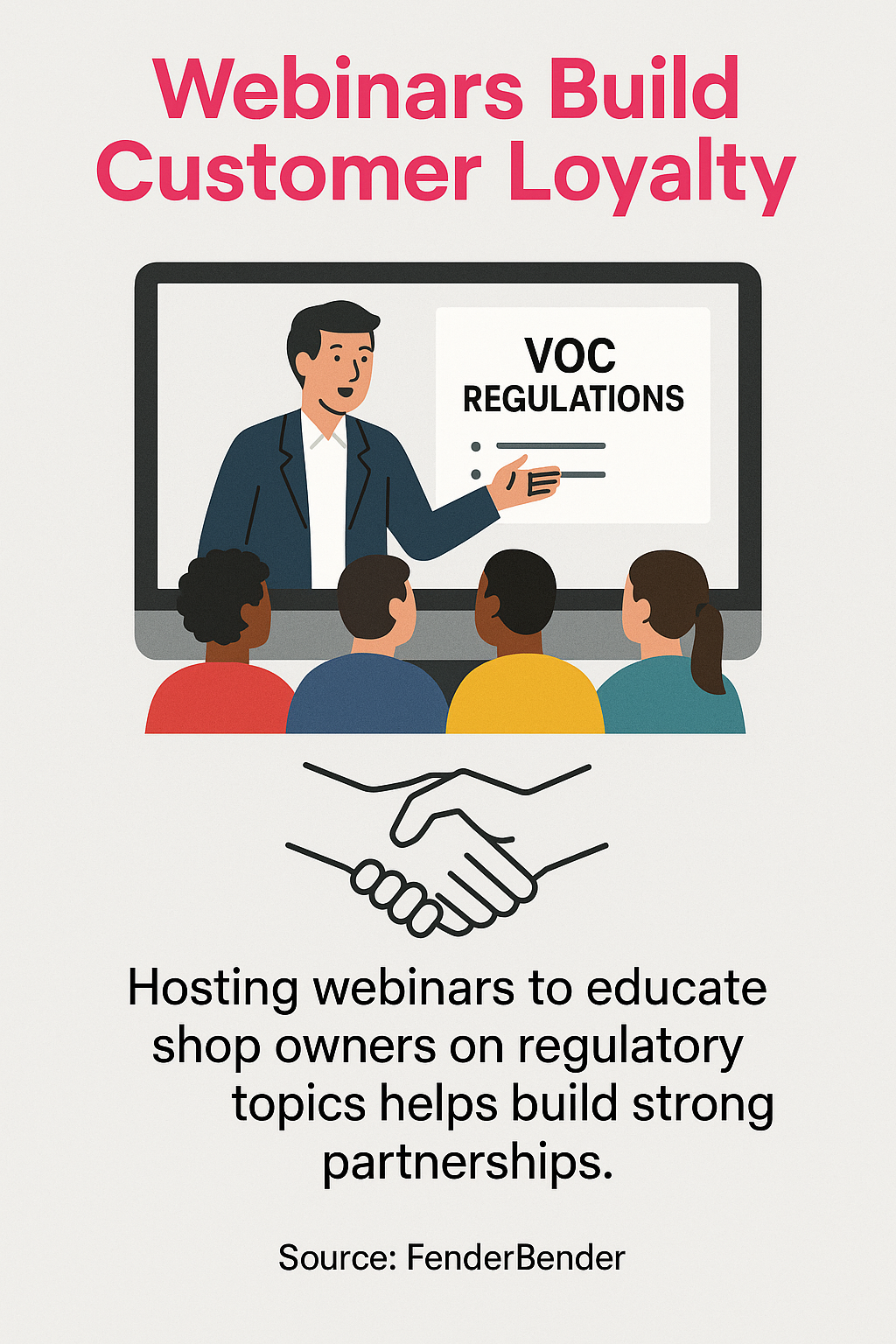
Consider creating an industry podcast or blog series where you interview other collision repair professionals, insurance representatives, or technology experts. This content strategy accomplishes multiple goals: it provides valuable information to your audience, builds relationships with industry influencers, and establishes your brand as a central hub for industry knowledge.
For additional insights on creating effective thought leadership content, explore strategies used by other automotive aftermarket brands to engage their professional audiences.
Creating great content is only half the battle. The other half is measuring what works and optimizing your approach based on real data. I've seen too many suppliers create content that feels good but doesn't drive business results. The key is establishing clear metrics from the start and regularly evaluating performance against your goals.
Different content types require different measurement approaches. Educational blog posts might be measured by time on page and return visits, while promotional social media content should be evaluated based on engagement and click-through rates. Video content success might be measured by completion rates and comment quality. Understanding these distinctions helps you optimize each content type appropriately.
Track both engagement metrics and business outcomes to get a complete picture of content performance:
The collision repair industry operates on relationships and trust, which means your content's impact extends beyond immediate metrics. A shop owner might read your technical articles for months before making their first purchase, then become a loyal customer who refers others. Track these longer customer journeys to understand your content's true value.
Use tools like Google Analytics to monitor website traffic patterns and identify which content topics drive the most qualified visitors. Social media platforms provide their own analytics that help you understand which content formats and posting times work best for your audience.
Regular content audits help you identify top-performing pieces that can be repurposed or expanded. A popular blog post about paint mixing techniques might become a video series, while a successful social media campaign might inspire a longer-form case study. This approach maximizes your content investment while giving your audience more of what they want.
For detailed guidance on content performance measurement, check out our comprehensive guide on automotive content marketing metrics to ensure you're tracking the right indicators for your business goals.
The biggest challenge most collision repair suppliers face isn't creating good content once, it's maintaining consistent, quality output over time. Building a sustainable system requires planning, processes, and realistic expectations about what your team can accomplish. The goal is steady progress, not perfection.
Start with a content calendar that maps out topics, formats, and publishing schedules for at least three months ahead. This planning prevents the last-minute scrambling that leads to inconsistent posting or rushed, low-quality content. Include seasonal considerations like busy repair periods or industry trade shows that might affect your audience's attention.
Your content creation process should balance efficiency with quality. Batch similar types of content together when possible. For example, film multiple product demonstration videos in one session, or write several blog posts about related topics during focused writing blocks. This approach reduces setup time and helps maintain consistent tone and style across related pieces.
Consider repurposing successful content across multiple formats to maximize your investment. A detailed blog post about new repair techniques can become several social media posts, an email newsletter section, and a short video series. This strategy helps you maintain consistent output while ensuring your best content reaches audiences across different channels.
The average car buyer spends 95 days researching online before making a purchase decision, and multi-touch attribution reveals that digital touchpoints play a role in more than half of all sales journeys within automotive retail sectors (Source: Cox Automotive). This means your content marketing efforts contribute to sales even when the connection isn't immediately obvious.
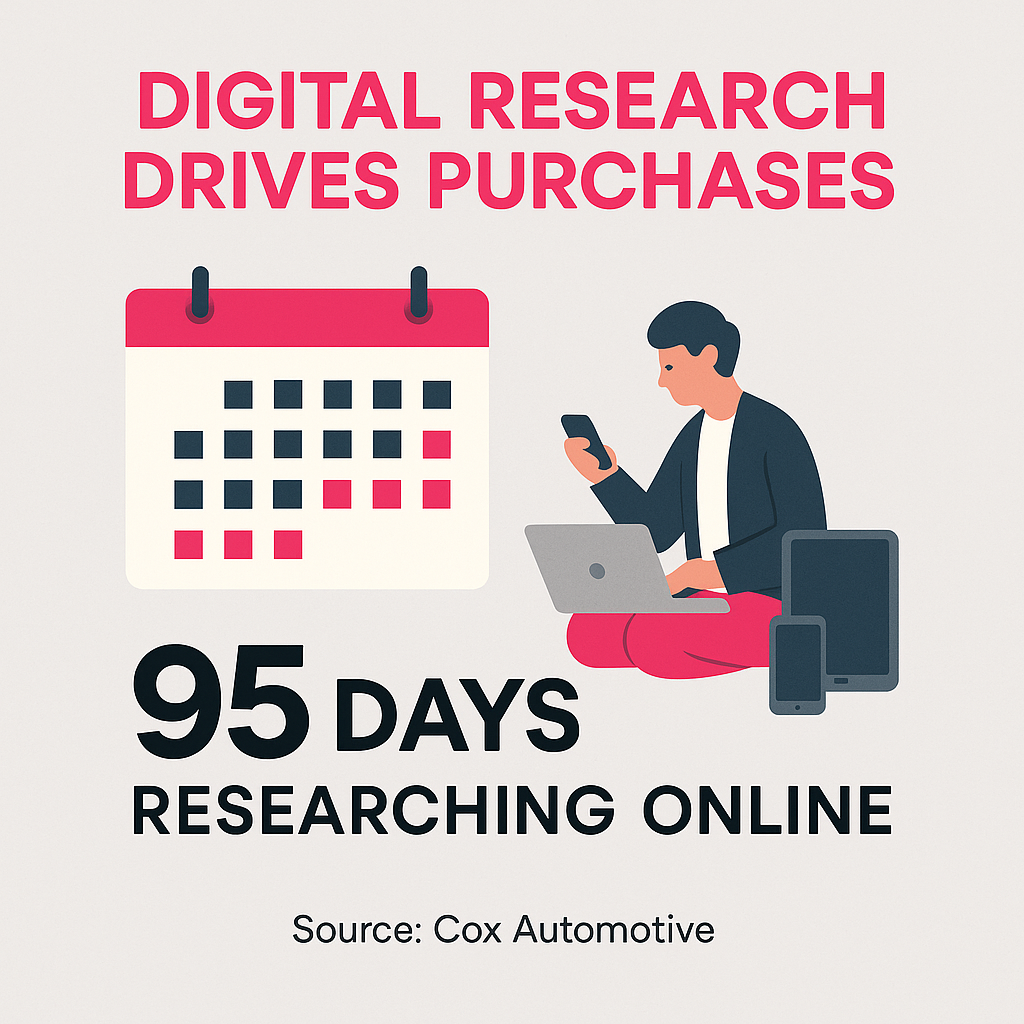
Building relationships with industry publications, podcasts, and influencers can amplify your content reach without requiring additional creation resources. Guest posting, podcast interviews, and collaborative content creation help you tap into established audiences while providing fresh perspectives for your own channels.
The collision repair industry rewards consistent, helpful communication over flashy marketing campaigns. Focus on building trust and demonstrating expertise through regular, valuable content rather than trying to create viral hits. Your customers want reliable partners, and your content strategy should reflect that same reliability and expertise they expect from your products.
